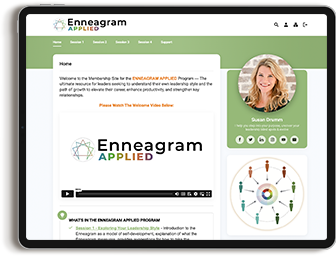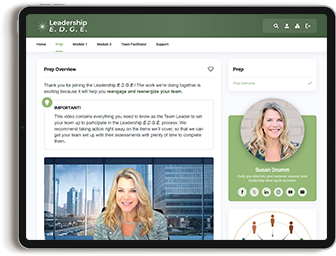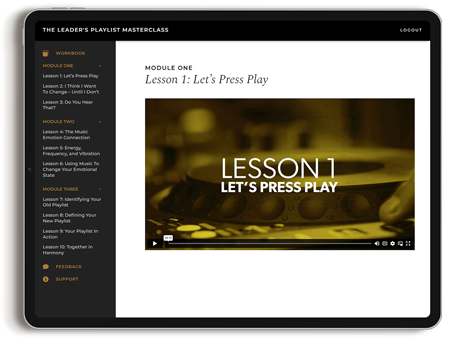How Your Voice Impacts Your Leadership Effectiveness (feat. Arthur Joseph)
Could your voice be keeping you from having the leadership impact your desire?
The way leaders convey their message influences how it is received. Our voice is not only a conduit for our words but also a vehicle for conveying authenticity and influence. Vocal awareness and mastery can support executives striving to become influential leaders and communicators. Your voice is your identity.
Today on The Enlightened Executive podcast, Arthur Joseph, a renowned classical singer and voice coach, shares profound insights into the power of voice and its impact on communication, using my own voice as an example. Arthur has taught globally for over five decades and his client list includes international leaders in politics, business, and entertainment.
Vocal awareness helps leaders convey vision, inspire action, and create an authentic connection with team members and stakeholders. In this episode, Arthur equips executives with 3 principles for harnessing the power of vocal awareness.
1. The Messenger Matters as Much as the Message
Executives often find themselves in high-stakes presentations, whether to potential investors, clients, or employees. Effective communication in these scenarios extends beyond the mere delivery of words. By mastering vocal techniques like
- Breath control
- Pitch modulation
- Pacing
- Tone
- Inflection
- Expression
leaders can captivate & engage their audience, convey confidence, and leave a lasting impact.
A subtle change in pitch, pace, and breath control can significantly impact the way a message is received. For example, it can determine whether your audience feels they are being talked “at” or spoken “with.”
This distinction influences persuasion, team dynamics, and engagement. By honing these vocal techniques, individuals can enhance their ability to connect with others and convey their intended meaning.
2. Vocal Mastery is an Integration of Self
Arthur emphasizes the importance of being fully present, engaging the full self when communicating. Many leaders have an unconscious habit of speaking. Arthur encourages individuals to become more aware of their patterns while drawing attention to their physicality and breath. This guidance results in a more grounded, authentic way of speaking.
Leaders can engage the entire body in the act of communication by focusing on their posture, breathing patterns, and energy. By aligning their physical presence with their intended message, leaders are more effective in captivating and inspiring their audience.
3. Visceral Language and Storytelling are Powerful
Arthur introduces the concept of “visceral language,” a trademarked element of vocal awareness. By using visual language, individuals can make their voice and message more engaging and evocative. Arthur provides an example of annotating speeches and presentations with visceral language, transforming ordinary words into powerful tools for conveying meaning and connecting with the audience on a deeper level.
Leaders can explore visceral language with these three practices:
- Visualize the impact you want to achieve. Determine which visceral words can help you elicit this response and practice integrating them into your speeches, presentations, and conversations.
- Identify important words, phrases, or ideas and emphasize them with language that paints a clear visual or conveys a powerful emotion. Underline these words mentally to guide your delivery.
- Incorporate storytelling techniques to evoke emotions and imagery, enhancing the impact of your communication.
Visceral language makes your message more engaging and memorable, resulting in increased influence and connection.
3 Practices for Vocal Awareness
Executives striving to inspire, lead, and engage their teams can cultivate vocal awareness by implementing these three practices:
- Reflect on your speaking style and identify areas where you can improve your vocal inflection, expression, and body language. Watch videos of yourself and ask trusted individuals for honest feedback about your delivery.
- Explore vocal exercises that focus on breath control, posture, and body engagement. Experiment with pitch modulation and inflection to convey different emotions and intentions. Hiring a vocal coach or downloading resources and courses can help you identify and practice these subtleties.
- Annotate your presentations with visceral language cues to guide your delivery. Highlight important words, key takeaways, and essential concepts. Surround these highlighted portions with storytelling techniques and visuals.
Communication lies at the heart of successful collaboration and leadership. Through mindful communication, leaders can create a culture of openness, trust, and active listening, leading to enhanced productivity and innovation.
Arthur also shares…
- How to embrace authenticity in communication.
- The power of visualization techniques.
- Examples of different types of voice patterns and interpretations.
If you liked this episode, you may also benefit from hearing:




